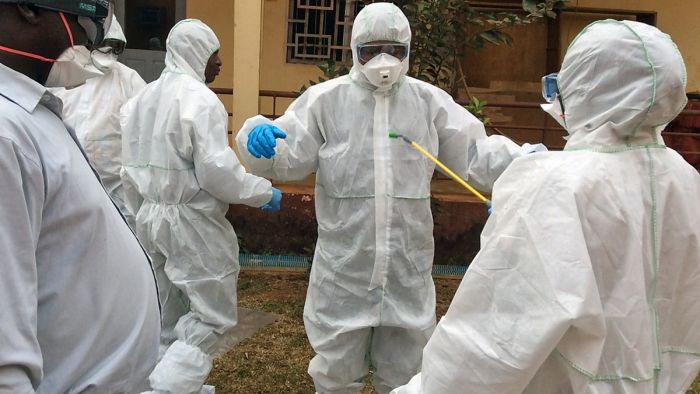PPE, or Personal Protective Equipment, is a crucial aspect of ensuring worker safety in environments that pose potential risks to the health and safety of workers. PPE for chemical protection is a specific type of PPE that is used to shield workers from chemical hazards in their workplace. Toxic chemical substances can cause harm to a person’s skin, eyes, respiratory system, and even internal organs, making it vital to use PPE for chemical protection.

PPE for chemical protection must be carefully selected and used to ensure optimal effectiveness in protecting workers. The first step in selecting PPE for chemical protection is to identify the potential risks that may exist in the workplace. This will help determine the specific types of personal protective equipment necessary to protect workers from the chemical hazards they face.

There are several types of PPE for chemical protection, including gloves, face masks, respirators, chemical protective clothing, and eye protection. Gloves made of materials such as neoprene, nitrile, or butyl rubber can protect workers from chemical contact with their hands. Face masks and respirators with filters can help protect workers from inhaling toxic fumes or dust particles. Protective clothing made from materials such as microporous or Polypropylene can protect the worker’s skin and clothing from coming into contact with toxic chemicals. Eye protection, including goggles or face shields, can protect workers from chemical splashes or airborne particles.
It is crucial to select the right PPE for the specific chemicals in use, as different chemicals require different PPE materials and designs. The different types of chemicals can have different effects, ranging from mild skin or eye irritation to severe burns, to poisoning in extreme cases. Therefore it is critical to research and understand the specific hazards to workers when working with chemicals to choose the appropriate PPE for chemical protection.

In addition to selecting the right PPE for the specific chemical hazards, it is also essential to ensure that the chosen PPE fits each worker correctly. Any gaps or ill-fitting equipment can compromise the effectiveness of PPE. Workers must wear appropriate PPE according to their job function and always follow safety protocols to eliminate any risks in the workplace.
PPE for chemical protection also has a shelf life, and it is necessary to ensure the equipment is being replaced or rotated out regularly. Worn out or expired PPE can compromise the protection of a worker against chemical risks, negating the very purpose of their use.
PPE for chemical protection is essential to protect workers from toxic chemical substances and the potential harm that they may cause. It is crucial to select appropriate PPE, including gloves, face masks, respirators, protective clothing, and eye protection, that fit each worker correctly. Regular rotation or replacement of PPE is also necessary to ensure maximum effectiveness, and workers must follow safety protocols to eliminate any risks in the workplace. By implementing these measures, employers can ensure the safety of their workforce and minimize the impact of chemical hazards in the workplace.


